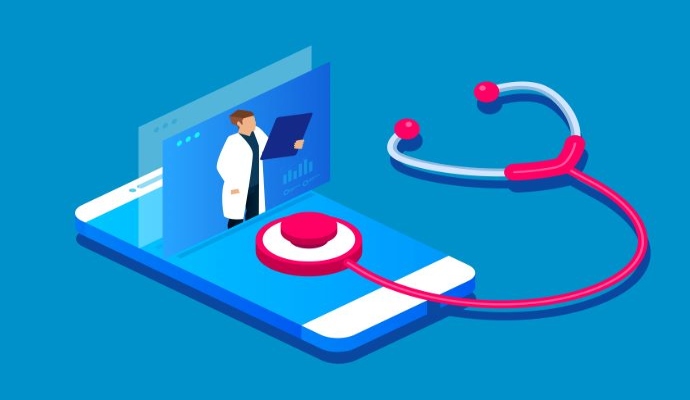Texas Pilots EMS Telehealth Project to Extend Trauma Care
Called Next Generation 911, the pilot project will virtually connect rural trauma centers and EMS providers to trauma resource centers across the state.

Source: Getty Images
- Texas is piloting a new project that will bring telehealth services to emergency medical services (EMS) settings in an effort to extend trauma care access in rural areas.
The Texas House of Representatives passed a bill last month that establishes the pilot project called Next Generation 911. The law went into effect on September 1.
The project will involve the Commission on State Emergency Communications and Texas Tech University Health Sciences Center working together to provide EMS and pre-hospital trauma care consultations through a telehealth service.
The telehealth-based consultations will be available to healthcare providers in trauma facilities and EMS providers in rural areas. Regional trauma resource centers will participate in the telehealth service, offering trauma care support from physicians, pharmacists, emergency medical personnel, and other health professionals. The Texas Tech University Health Sciences Center will select the rural trauma facilities and EMS providers to participate in the pilot project, as well as the regional trauma resource centers.
The Texas Tech University Health Sciences Center, with the assistance of the commission, will design criteria and protocols for each telehealth service offered and the related education. They will also establish criteria to determine when a patient receiving care with telehealth support should be transferred to an emergency medical resource center.
Additionally, the commission and health sciences center will collect data to evaluate the project. They must present their findings to the governor and the presiding officer of each house of the legislature by December 31, 2028.
The regional trauma resource centers selected for the program must have a quality assurance program that measures compliance with pre-determined protocols. They must use EMS and emergency pre-hospital care protocols approved by an EMS-trained medical director and have enough resources to provide additional telehealth services and related instruction required for the project.
Increasingly, healthcare provider organizations and state agencies are turning to telehealth to support EMS services.
Last November, the South Dakota Department of Health unveiled Telemedicine in Motion, a telehealth partnership with EMS agencies statewide and Sioux Falls-based telehealth company Avel eCare.
The partnership enables EMS agencies to connect with hospitals for virtual triage and consulting services through two-way audio and video in the ambulance. Avel eCare offers hardware, software, installation, training, support, and supervision to assist EMS providers using telehealth technology.
Similar efforts have been made at the county level. In May 2022, Columbia County Emergency Medical Services partnered with UCM Digital Health to implement virtual care services.
Columbia County Emergency Medical Services consists of five individual ambulance groups that work together to care for Columbia County, New York residents. Through the partnership, Columbia County EMS will have access to digital health solutions for all emergency cases. When assessing a patient, EMS professionals can decide whether the patient needs to go to a hospital or if they can be cared for via virtual care.
Healthcare providers are using telehealth to extend care in non-emergency cases as well. For instance, Mount Sinai EMS in New York City collaborated with Mount Sinai's Department of Emergency Medicine to launch a program providing telehealth options for patients who make 911 ambulance calls for non-urgent medical conditions.
Established last December, the program is part of the federal Emergency Triage, Treat, and Transport (ET3) pilot. Through the program, if emergency medical technicians determine a patient who called 911 does not need emergency care, they can use tablets to connect to the patient virtually with an emergency medicine provider.
